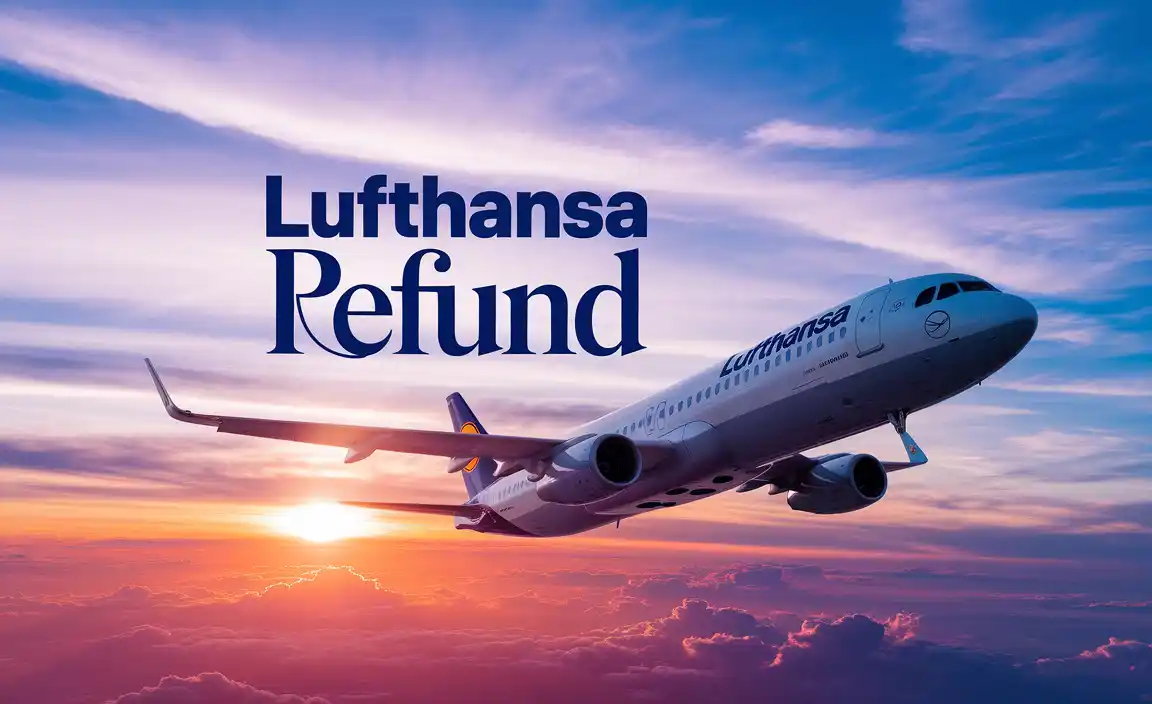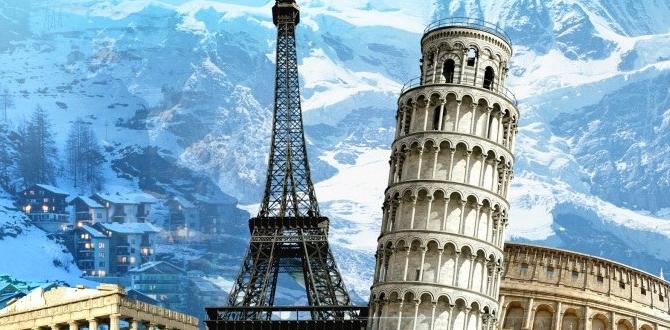Bhutan Budget Travel: Your Guide to Affordable Bliss. Travel to Bhutan on a budget by understanding its unique tourism policy, mindful spending on your Sustainable Development Fee (SDF), local experiences, and smart accommodation/food choices.
Planning a trip to Bhutan doesn’t have to strain your wallet. This magical kingdom, nestled in the Himalayas, is often perceived as a luxury destination, and while it’s not the cheapest place on earth, experiencing it affordably is absolutely possible with the right approach. Many travelers worry about the costs involved, especially the mandatory Sustainable Development Fee (SDF). But fear not! With a clear understanding of Bhutan’s tourism model and some savvy planning, you can craft an unforgettable and budget-conscious adventure. We’ll walk you through everything you need to know to make your dream trip to the Land of the Thunder Dragon a reality, without compromising on the magic.
Understanding Bhutan’s Unique Tourism Policy for Budget Travelers
Bhutan has a distinct approach to tourism that is central to its “High Value, Low Impact” policy. This isn’t about restriction; it’s about preservation and ensuring a meaningful experience. For budget travelers, understanding this policy is the first step to navigating costs effectively.
The Sustainable Development Fee (SDF) Explained
The most significant cost for most visitors is the daily Sustainable Development Fee (SDF). As of recent updates, the SDF is set at $100 USD per person per night. This fee is crucial for Bhutan to invest in its infrastructure, healthcare, education, and environmental conservation.
What the SDF Covers: While it’s a daily fee, it directly contributes to the nation’s development and allows you to experience Bhutan in a sustainable way. It keeps the country pristine and its culture vibrant.
Your Guide’s Role: Typically, tour operators and guides are mandatory for tourists, except for Indian, Maldivian, and Bangladeshi nationals. The SDF is a separate charge from your tour package costs.
Budgeting: When planning your trip, factor this daily fee for every night you stay in Bhutan. For example, a 7-day trip (6 nights) would incur $600 USD per person in SDF. This fee is directly paid to the government.
Why the SDF is Essential for Bhutan
This policy ensures that tourism benefits Bhutanese society and the environment, rather than overwhelming it. It’s an investment in preserving the very qualities that make Bhutan so special. Think of it as contributing to the upkeep of a pristine national park, but on a much grander scale, preserving culture and well-being too.
Maximizing Your Bhutanese Experience: Tips for Budget Travelers
While the SDF is a fixed cost, there are many ways to manage your overall trip expenses and discover authentic, affordable experiences.
Smart Accommodation Choices
Accommodation is a significant part of any travel budget. Bhutan offers a range of options, and choosing wisely can lead to substantial savings.
Standard Hotels: Most tour packages will include stays in comfortable, 3-star hotels. These offer good value, clean rooms, and often include breakfast. They are a reliable choice for budget-conscious travelers.
Homestays: For a truly immersive and often more affordable experience, consider a homestay. Staying with a local family provides a unique cultural insight and can significantly reduce accommodation costs. You’ll get to experience Bhutanese home-cooked meals and daily life. The Bhutan Tourism Council has been promoting homestays, and many reputable tour operators can arrange these. Visit the Bhutan Tourism website for more on their homestay initiative.
Guesthouses: Smaller guesthouses can also be a more economical option than larger hotels.
Table: Accommodation Cost Estimates (Per Night, Per Person Estimates)
| Accommodation Type | Estimated Cost (USD) | Best For |
| :—————– | :——————- | :————————————– |
| Standard Hotel | $50 – $100 | Comfort, convenience, standard tours |
| Homestay | $30 – $60 | Cultural immersion, local interaction |
| Guesthouse | $40 – $80 | Budget-friendly, simpler amenities |
Note: These are approximate costs and can vary based on season, location, and inclusions.
Savoring Local Cuisine
Food is a fantastic way to experience local culture, and Bhutanese cuisine can be enjoyed affordably.
Embrace Local Restaurants: Ask your guide to take you to local eateries where Bhutanese people dine. These places offer delicious, authentic meals at a fraction of the cost of hotel restaurants.
Try Bhutanese Staples: Don’t miss trying dishes like Ema Datshi (chilies and cheese), Phaksha Paa (pork with red chilies), and Kewa Datshi (potatoes and cheese). Rice is a staple with most meals.
Packed Lunches: Often, your tour package will include packed lunches for day trips. This is both convenient and cost-effective, saving you from needing to find and pay for lunch when you’re out exploring.
Water: Carry a reusable water bottle. Many hotels and restaurants will refill it for you. Buying bottled water frequently can add up.
Transportation Within Bhutan
While most of your travel within Bhutan will be handled by your tour operator and driver as part of your package, understanding transport costs can still be useful.
Included in Tour Packages: Your tour price typically includes a private vehicle and driver for the duration of your stay. This is the most common and convenient way to travel.
Optional Excursions: If you wish to extend your stay or explore independently in a particular town after your guided tour ends, you might incur extra transport costs for taxis or hired cars. Negotiate prices beforehand.
Activities Beyond the Standard Tour
While your tour package will cover major attractions, there are ways to add meaningful experiences without breaking the bank.
Hiking: Bhutan offers incredible hiking opportunities. Many shorter, accessible hikes are included in standard itineraries. Longer, more strenuous treks will incur additional costs for guides, porters, and gear, so consider this if you’re on a tight budget.
Cultural Performances: Sometimes, local cultural shows are offered. These can be a small additional fee but offer a vibrant glimpse into Bhutanese performing arts.
Local Markets: Visiting local markets is usually free and offers a fantastic opportunity to see everyday life and perhaps pick up affordable souvenirs.
Negotiating Tour Packages: Saving Money from the Start
Since a tour package is often required, negotiating strategically can help you secure a good deal.
When to Book
Off-Season Travel: Traveling during the shoulder seasons (March-May, September-November) might offer slightly more flexibility in pricing compared to peak seasons. However, Bhutan’s weather is generally pleasant year-round, with spring and autumn being particularly beautiful.
Early Bird Discounts: Some tour operators might offer early bird discounts if you book far in advance.
What to Look For in a Package
Inclusions: Clearly understand what is included in the package. Does it cover all meals, entrance fees to attractions, guide services, accommodation, and transportation?
Accommodation Level: Can you choose your hotel tier? Opting for standard 3-star hotels instead of 4 or 5-star can significantly reduce the package cost.
Itinerary Customization: Work with your tour operator to tailor the itinerary. If you’re not interested in certain activities that might add cost, see if they can be swapped or removed.
Working with Tour Operators
Get Multiple Quotes: Contact several reputable Bhutanese or international tour operators that specialize in Bhutan. Compare their offerings and prices.
Be Transparent About Your Budget: Let them know your budget constraints upfront. A good operator will try their best to create an itinerary that fits your financial plan while ensuring you have an authentic experience.
Check Reviews: Look for reviews from other travelers who have booked budget-friendly trips with the operators you are considering.
A list of tour operators can be found on the Tourism Council of Bhutan website.
Essential Budget Travel Hacks for Bhutan
Beyond the big decisions, small hacks can add up to significant savings and enhance your overall travel experience.
Packing Smart
Comfortable Footwear: You’ll be doing a lot of walking, especially around monasteries and fortresses (Dzongs). Comfortable, broken-in walking shoes or hiking boots are essential.
Layered Clothing: The weather in Bhutan can change rapidly with altitude. Pack layers: t-shirts, long-sleeved shirts, a fleece jacket, and a waterproof outer layer.
Sun Protection: The Himalayan sun is strong. Bring sunscreen, sunglasses, and a hat.
Medications: Carry a personal first-aid kit with any necessary prescription or over-the-counter medications. While basic medical facilities exist, specialized items might be hard to find. This includes essentials for personal comfort, like adult or child travel diapers if needed for long journeys or peace of mind, ensuring you’re prepared for any situation without added stress.
Reusable Water Bottle: As mentioned, this is key to staying hydrated and saving money.
Power Bank: For keeping your devices charged during long travel days or in areas with limited electricity access.
Souvenir Shopping
Bhutanese handicrafts are beautiful, but prices can vary.
Direct from Artisans: If possible, look for opportunities to buy directly from artisans rather than tourist shops. This can sometimes yield better prices and ensures more of the money goes to the maker.
Avoid Overpaying: Prices for similar items can differ greatly. If you see something you like, check a few places before buying.
Focus on Meaningful Items: Consider what you truly need or will cherish. Small, hand-carved items or prayer flags can be more affordable than large textiles.
Managing Money
Currency: The Bhutanese Ngultrum (BTN) is pegged to the Indian Rupee (INR), and both are widely accepted in Bhutan. ATMs are available in major towns, but it’s wise to carry some USD or INR in cash for smaller purchases and in case of ATM issues.
Credit Cards: Credit cards are accepted in larger hotels and some shops, but not widely. Always be prepared with cash.
Budget-Friendly Itinerary Example (7 Days)
This is a sample itinerary and can be customized with your tour operator. It focuses on key cultural sites and allows for some flexibility.
Day 1-2: Arrival in Paro & Thimphu Exploration
Arrive at Paro International Airport.
Transfer to Thimphu (approx. 1.5 hours).
Explore Thimphu: Tashichho Dzong, Buddha Dordenma, Memorial Chorten.
Visit local craft markets.
Accommodation: 3-star hotel or homestay in Thimphu.
Meals focus: Local restaurants for dinner.
Day 3: Thimphu to Punakha
Drive to Punakha via the Dochula Pass (stunning Himalayan views, 108 chortens).
Visit Punakha Dzong, considered one of the most beautiful in Bhutan.
Optional: Hike to Chimi Lhakhang (Temple of Fertility).
Accommodation: 3-star hotel or homestay in Punakha.
Day 4: Punakha Valley & Return to Paro
Explore the Punakha valley further.
Optional: Hike to Khamsum Yulley Namgyal Chorten.
Drive back to Paro.
Accommodation: 3-star hotel or homestay in Paro.
Day 5: Paro – Taktsang Monastery (Tiger’s Nest)
The highlight for many! Hike up to the iconic Taktsang Monastery. This takes a good part of the day and requires moderate fitness. You can hire horses for part of the ascent if needed (additional cost).
Visit Kyichu Lhakhang, one of the oldest temples.
Accommodation: 3-star hotel or homestay in Paro.
Day 6: Paro Valley & Departure Preparations
Visit the National Museum of Bhutan housed in the Ta Dzong (watchtower).
Explore Paro town for last-minute souvenir shopping.
Optional: Visit Rinpung Dzong.
Accommodation: 3-star hotel or homestay in Paro.
Day 7: Departure
Transfer to Paro International Airport for your onward flight.
Budgeting Considerations for this Itinerary (7 Days / 6 Nights):
SDF: 6 nights x $100/night = $600 per person.
Tour Package (Estimate): This will vary significantly based on operator, hotel choice, and inclusions, but for a standard 3-star package, budget roughly $150-$250 per person per day (this often includes guide, driver, vehicle, accommodation, meals, and entry fees, excluding the SDF). So, for 6 days of touring: 6 days x $200/day = $1200 per person.
Total Estimated Minimum Tour Cost (excluding flights): $600 (SDF) + $1200 (Package) = $1800 per person.
Add for Flights: International flights to Paro (usually via Bangkok, Delhi, Singapore, or Kathmandu) can range widely.
* Personal Expenses: Souvenirs, tips, drinks, and optional activities.
This example shows how to structure a trip, keeping in mind the SDF and tour package costs. The key is to balance essential experiences with budget-conscious choices.
Frequently Asked Questions About Bhutan Budget Travel
Q1: Is Bhutan really expensive to visit?
A: Bhutan has a higher daily fee (SDF) than many countries, so it’s not typically considered a budget backpacker destination. However, by understanding the SDF and making smart choices for accommodation, food, and tours, you can travel affordably. It’s about value rather than simply low cost.
Q2: How much does the Sustainable Development Fee (SDF) cost?
A: The SDF is currently $100 USD per person per night. This fee directly supports Bhutan’s development and conservation efforts.
Q3: Do I have to book a tour package?
A: Yes, most nationalities (except Indian, Maldivian, and Bangladeshi) must book their trip through a licensed Bhutanese tour operator or their international partners. This ensures compliance with Bhutan’s tourism policy.
Q4: Can I travel independently in Bhutan without a guide?
A: Generally, no. Tourists are required to have a licensed Bhutanese guide accompany them throughout their trip. This is part of the “High Value, Low Impact” tourism model.
Q5: What are the cheapest accommodation options in Bhutan?
A: The most budget-friendly accommodation options are homestays with local families or basic guesthouses. These offer a more authentic experience as well. Your tour operator can arrange these.
Q6: Are there ways to save money on food in Bhutan?
A: Absolutely! Eat at local restaurants frequented by Bhutanese people, try local dishes instead of international cuisine, and take advantage of packed lunches provided by your tour operator.
Q7: When is the best time to visit Bhutan on a budget?
A: While Bhutan is beautiful year-round, visiting during the shoulder seasons (spring and autumn, outside major festivals) might offer a bit more flexibility with tour operator pricing compared to peak times. However, pricing is largely dictated by the SDF.
Conclusion: Your Affordable Bhutan Adventure Awaits
Bhutan offers a travel experience unlike any other, and with the right preparation, it’s accessible even on a tighter budget. By understanding the Sustainable Development Fee and its purpose, choosing economical accommodation and dining options, and working closely with a reputable tour operator, you can craft an incredible journey through the Land of the Thunder Dragon. Remember, a budget trip to Bhutan isn’t about cutting corners on experiences, but about making wise choices that allow you to appreciate the country’s natural beauty, rich culture, and serene spirituality more authentically. Your mindful adventure awaits, promising unforgettable memories without the financial strain.




